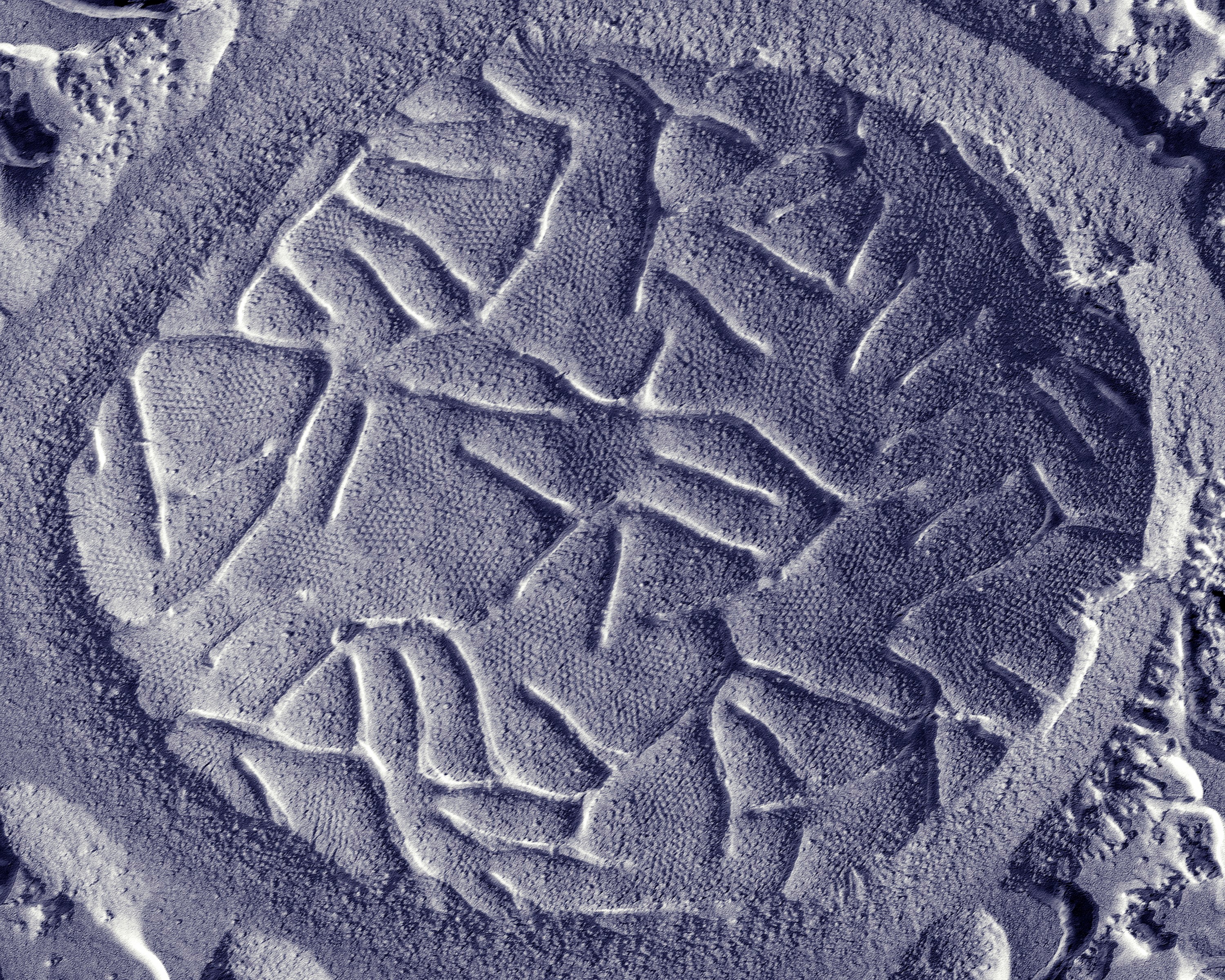
Background
The lack of tools to manipulate membrane lipid composition in live cells has hindered our ability to understand the function of lipids in membranes surrounding cells and their internal compartments. Pharmacological inhibition of lipid synthesis remains the most widely used approach to manipulate cell membrane lipids. However, these methods are slow to act, work for a limited class of lipids, are non selective and do not permit efficient introduction of unnatural lipids. Lipid exchange using cyclodextrins (CDs) is a promising approach but its use has remained limited to model organisms and in manipulating cell sterols. Eukaryotic plasma membrane is complex and therefore the ability to manipulate its lipid composition would provide a useful tool to study the cell membrane-mediated pathological diseases.
Technology
Researchers at Stony Brook University have developed a technique that uses modified CDs (M?CDs) to enable efficient replacement of phospho and sphingo -lipids in the plasma membrane of live eukaryotic cells with exogenous lipids. Further the technique was demonstrated to be highly efficient in carrying out lipid exchange while also maintaining the membrane integrity
Advantages
- An efficient membrane lipid exchange technology. - Applicable to wide variety of lipid classes. - Enables lipid manipulation without altering membrane integrity - Enables introduction of novel or unnatural lipids.
Application
To study lipid function and physical properties in live cells To study cell membrane?mediated diseases.
Inventors
Erwin London, Professor, Biochemistry and Cell Biology
Guangtao Li, Senior Research Scientist,
Licensing Contact
Valery Matthys, Licensing Associate, Intellectual Property Partners, valery.matthys@stonybrook.edu,
Patent Status
Patent application submitted
PCT application (# PCT/US2017/018666) pending covering methods and compositions.
Tech Id
8730
